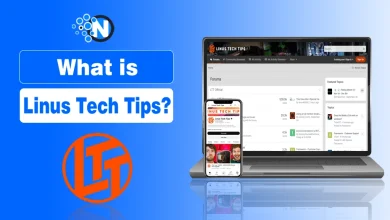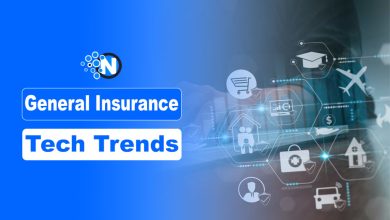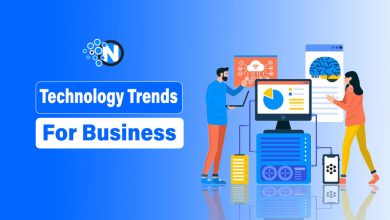Difference in Understanding: IT Help Desk VS Technical Support
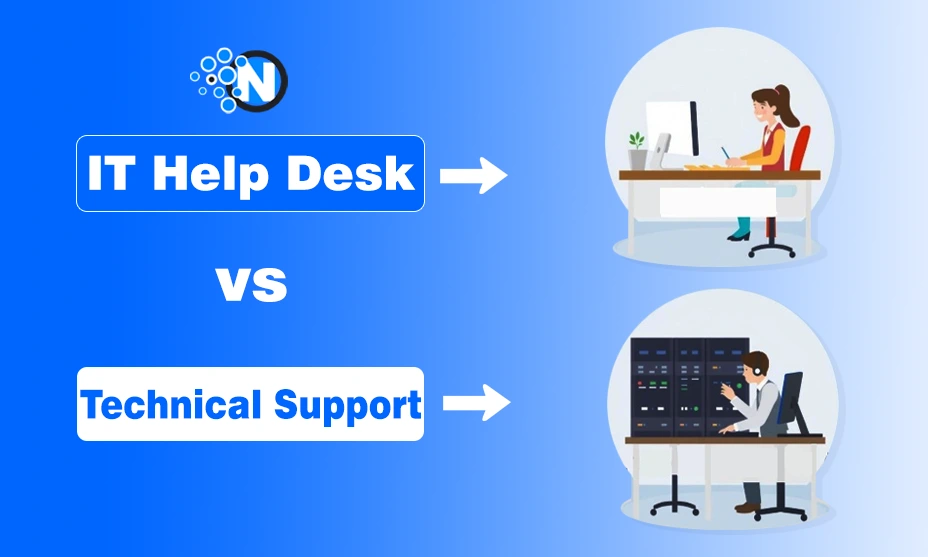
In today’s technology-driven world, IT services have become indispensable for the smooth running of business operations. Many people often use the terms IT help desk and technical support to refer to the same thing. While both provide a helping hand to the end-user in facing some issues with IT, they differ in their functions and levels of difficulty.
The clarity of difference between the two is actually important for organizations to finalize the strategy pertaining to IT support. In this article, I am going to provide a detailed comparison between IT Help Desk and Technical Support. Let’s start.
What is the IT Help Desk?
The IT help desk is a central function for end-user needs in regard to common IT problems. The main objective of an IT help desk is to restore operations as quickly as possible, reduce downtime, and get employees back to work as soon as possible. It would normally handle all types of basic IT issues, such as:
- Password resets
- Software installation and troubleshooting
- Network connectivity issues
- Printer and peripheral device problems
- General user guidance and troubleshooting
IT help desk services operate on a ticketing system whereby the users report their issues and the help desk addresses them in a sequence of priority. Most organizations structure their IT help desk using a tiered approach:
- Tier 1 Support: Handles basic user issues such as password resets, account lockouts, and common software problems. This is the first point of contact for users.
- Tier 2 Support: Engages with higher-level problems that need further troubleshooting, which generally involve system settings, software configuration, and networking.
- Tier 3 Support: Includes highly technical specialists-system administrators or software developers who handle truly advanced issues and system-wide problems.
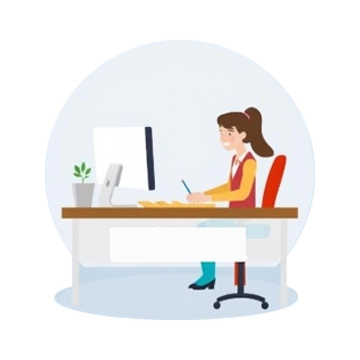
Characteristics of IT Help Desk
- User-Centric Approach: Help desks in IT work with the aim of solving the problems of end-users efficiently.
- Reactive by Nature: They react to problems reported by users rather than proactively preventing those issues.
- High Volume, Low Complexity: Most tickets involve basic troubleshooting steps that can be solved in a very short time.
- Standardized Solutions: Many issues have predefined solutions, making resolution times predictable.
What is Technical Support?
Compared to the help desk, technical support – often just called tech support-is a specialized service that focuses on diagnosing and resolving complex IT issues. In contrast with general support provided by an IT help desk, technical support addresses troubleshooting in-depth, along with hardware and software maintenance, very often being directly engaged with product or software vendors.
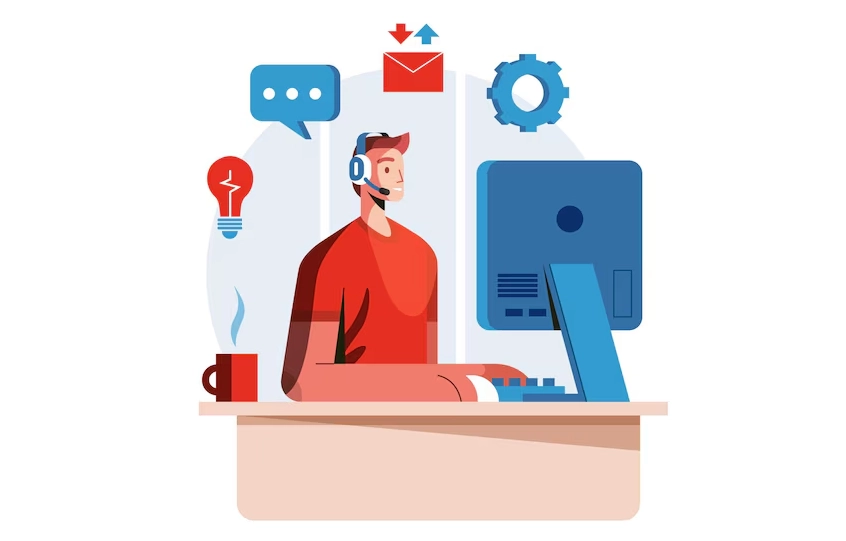
Tech support is commonly divided into:
- The Level 1 Technical Support service: Like Tier 1 help desk, this form of support provides basic diagnosis and undertakes elementary troubleshooting for the issues before passing on to the next levels.
- Level 2 Technical Support: This consists of professionals at an advanced level in IT, dealing with higher issues linked to system errors, software bugs, and network failures.
- Level 3 Technical Support: It comprises experts, including engineers, software developers, or product specialists, who investigate deeper issues, security vulnerabilities, and sophisticated technical failure.
Characteristics of Technical Support
- Problem-specific approach: It is more about dealing with complex and technical problems that require a certain expertise.
- Proactive-reactive: Though it reacts to user problems, technical support will also proactively avoid system failures through maintenance and upgrades.
- Lower Volume, Higher Complexity: Tech support cases are usually rare but require deep troubleshooting and problem-solving skills.
- Product-Specific Knowledge: Sometimes, technical support requires in-depth knowledge in certain software, hardware, or systems.
Key Differences Between IT Help Desk and Technical Support
| Feature | IT Help Desk | Technical Support |
|---|---|---|
| Purpose | Provides basic IT assistance to end-users | Resolves complex technical problems |
| Scope | General IT troubleshooting and guidance | In-depth issue resolution and system maintenance |
| Complexity | Low to medium complexity | High complexity |
| Proactive vs Reactive | Mostly reactive | Both proactive and reactive |
| Support Levels | Tiered approach (Tier 1, 2, 3) | Level-based support (Level 1, 2, 3) |
| Common Issues | Password resets, software installations, basic connectivity | Software bugs, hardware failures, advanced troubleshooting |
| Required Skills | Basic IT knowledge, customer service skills | Specialized technical expertise, problem-solving skills |
Which One Does Your Business Need?
An IT help desk versus technical support is a question of the needs of an organization:
- If your business requires immediate assistance in everyday IT issues: An IT help desk will be responsible for solving general users’ problems and helping employees to be productive.
- If your organization requires in-depth technical expertise: Technical support deals with hardware failures, network issues, or advanced software troubleshooting.
- For the all-rounded IT support approach, many organizations are into both IT help desk and technical support for complete IT coverage.
While the IT help desk and technical support do share a common purpose of helping the users with IT issues, they are differently engineered in complexity, scope, and expertise required. IT help desk provides quick answers for routine IT problems, whereas technical support deals with more advanced troubleshooting and problem-solving.
Businesses need to understand such differences to develop an efficient IT support system that caters to their needs. This can be achieved by the integration of both services: organizations will have improved IT operations, reduced downtime, and higher user satisfaction.
How to Choose the Right IT Support Provider: Setting KPIs for the IT Help Desk and Technical Support
FlairsTech Having discussed the differences between the IT Help Desk and Technical Support, the next important thing to learn is how to select a proper provider for these services and how to measure their effectiveness.
Whether you’re outsourcing IT support or building an in-house team, choosing the right provider and setting clear Key Performance Indicators are crucial for ensuring efficiency, cost-effectiveness, and high-quality service.
How to Choose the Right IT Support Provider?
Selecting the right IT Help Desk and Technical Support provider requires a strategic approach. Following are the key elements that will help in assessing every other potential IT service provider that you will meet:
1. Define Your Business Needs
Before selecting a provider, determine your organizational IT support needs. Ask yourself these questions:
- How many employees or users need support?
- Do you require 24/7 IT support, or are you okay with only business hours?
- What type of IT problems occur most often within your organization?
- Will your needs be better served by remote support, on-site support, or a mix of both?
- What is the required level of security and compliance for your company?
Understanding your business needs will determine whether you require only a Help Desk, a dedicated Technical Support team, or both.
2. Look for Industry Experience and Expertise
The IT provider must have experience related to your industry. Some focus on healthcare IT, finance, or e-commerce, while others focus on general business IT support. Ensure that they have relevant experience with the size of your business and its IT infrastructure.
3. Check Their Service Level Agreements
An SLA is a contractual agreement to the level of service expected, response times, and performance assurances. While choosing an IT provider, it will be important to review their SLAs carefully for the following:
Response times, according to different priority levels Critical vs. non-critical issues Guarantees for resolution time Escalation procedures Availability – 24/7 support, business hours, or after-hours emergency support compensation policies in case of SLA breach
4. Check Their Ticketing and Reporting System
A well-organized ticketing system is one of the foundational building blocks for tracking and resolving IT issues as quickly as possible. Inquire about their ITSM platform and if they deliver reports that are transparent regarding resolution time, escalation rates, and service performance.
5. Review Security and Compliance Standards
Cybersecurity is among the very important reasons for selecting an IT provider. Make sure the chosen provider follows the best security practices to protect your data, including data encryption and secure remote access.
Industry regulation compliance, such as GDPR, HIPAA, and ISO 27001; routine security audits and vulnerability testing; MFA and access control.
6. Check Customer Reviews and References
Reputation is important. Look for customer reviews, case studies, or references from other businesses that have utilized the service provider. Insights into customer satisfaction levels can be found on platforms like Gartner, Clutch, and Trustpilot.
7. Consider Scalability and Future Growth
Your business will grow; your IT needs may change. Choose one that can scale the services to cater to future growth in more users, the addition of technology, or advanced security measures.
Setting KPIs for IT Help Desk and Technical Support
The Key Performance Indicators for both the IT Help Desk and Technical Support teams need to be defined for high performance and accountability. KPIs measure efficiency, response times, customer satisfaction, and overall effectiveness.
1. KPIs for IT Help Desk
Since the IT Help Desk focuses on user support and quick issue resolution, key metrics should reflect service speed, effectiveness, and customer satisfaction.
1. First Response Time (FRT) – Time required by the help desk to acknowledge and respond to the user’s request.
- Target: below 5 minutes in chat/e-mail and less than 30 seconds on the phone call.
2. Average Resolution Time (ART) – This measures how long it will take after a ticket is logged in, until an incident or a problem is resolved.
- Target: less than 1-2 hours for low-category problems and less than 24 hours for higher categories.
3. First Contact Resolution Rate (FCR) – This measures the number of problems solved in one contact, not needing an escalation.
- Target: 70-80% higher the better
4. Ticket Volume and Trends– tracking daily or weekly ticket numbers to see trends that need to be addressed. They are recurrent problems in many cases.
5. Customer Satisfaction Score (CSAT) – Customers will rate their experience once the issue is resolved.
- Target: 85-90% satisfaction.
6. Service Level Agreement Compliance– resolved within the agreed SLA timeframe.
- Target: 95-98% compliance.
2. KPIs for Technical Support
Since Technical Support is supposed to deal with more complex and critical issues, KPIs in Technical Support should be about efficiency in problem resolution, the stability of systems, and long-term IT performance.
Mean Time to Resolution – The average time taken to resolve a critical problem.
- Target: Less than 4 hours for high-priority issues.
MTBF (Mean Time Between Failures) – Shows system reliability based on the average time between system failures.
- Target: Higher is better.
Incident Escalation Rate: The number of issues that are escalated from Level 1 (Help Desk) to Level 2 or 3 (Technical Support).
- Target: Less than 20% (the lower, the better, because it will reflect good support by the Help Desk).
System Uptime and Availability: Ensuring IT infrastructure is up and running.
- Target: 99.9% uptime.
Root Cause Analysis Completion Rate: It tracks if the technical support teams identify and eradicate the very root of problems rather than mere symptomatic treatment.
- Goal: 100% RCA completion in major incidents
Customer Feedback and Satisfaction: Much similar to IT Help Desk, the technical support teams have also got to capture user feedback on the complex issues resolution.
- Goal: 85-90% satisfaction.
How to Optimize IT Support for Business Success
Knowing the difference between IT Help Desk and Technical Support helps organizations to understand how they should design the strategy for IT support. By selecting the right IT support service provider, businesses can ensure faster problem resolution times, greater system reliability, and higher user satisfaction.
Also, setting clear KPIs for the IT Help Desk and Technical Support ensures that both activities stand at par regarding continuous performance improvement. Businesses can reduce downtime, enhance security, and make IT work seamlessly for employees and customers by regular monitoring, data-driven decisions, and course correction in processes.
Integrating proper support models and adequate sets of performance metrics facilitates the transformation of IT support from a cost center to a valuable strategic asset that catalyzes operational efficiency and long-term success.
Conclusion:
The IT Help Desk and Technical Support may seem similar but they have some certain differences between them. Understanding this difference is very important for businesses in order to build a proper IT support strategy. The IT Help Desk mainly focuses on solving normal routine issues.
On the other hand, Technical Support focuses on helping with troubleshooting complex problems. The above-given details clearly explain the difference between these terms in simple terms. Use it to clarify both terms and apply them in the IT support sector of your company.
Frequently Asked Questions (FAQs):
What is the difference between an IT Technician and a Help Desk technician?
The main job of an IT technician is maintaining and repairing hardware and software issues. He also focuses on dealing with network issues that can be complex for general users. On the other hand, a Help Desk technician focuses on providing direct help with general and simple issues such as password resetting.
Are technical support and IT support the same?
Technical support and IT support sound like the same things but they have differences. IT support is a major topic and covers different things related to managing systems and network infrastructures. On the other hand, Technical support mainly focuses on troubleshooting and resolving main issues related to software and hardware.
What does a help desk do?
A help desk is the first point of interaction between a customer and the support team. It focuses on taking complaints and queries related to technical issues and or service requests. It provides guidance to help the customer troubleshoot any issue they’re having.
What is an example of a Help Desk?
There are many examples of a Help Desk. However, customer support is the biggest one. In Customer Support, customers reach out to make requests about any technical or general issue. The support sector provides useful guidelines to help fix it.

